(Source: Tuoi Tre , article written by Mr. Le Hong Minh - Chairman of VNG Board of Directors)
Resolution 57 of the Politburo opens a new chapter for technology development in Vietnam. For Vietnam to truly become a technology nation, it is essential that every citizen and business needs to see it around them every day.
This is not simply “e-government” in the traditional sense – which is simply the digitization of old processes and practices in a disjointed manner.
3 core principles of E-Vietnam
To become a tech nation, we need to completely reimagine and redesign the way government operates with technology at its core. I’ll call it E-Vietnam. There’s a lot to do, but there are three core principles to drive.
The first is to enter data only once. Currently, every time people and businesses work with government agencies, they have to fill in the same information on countless different forms.
According to research by the Central Institute for Economic Management, each Vietnamese enterprise spends an average of 84 hours per year just declaring duplicate information - equivalent to more than 10 wasted working days.
With the E-Vietnam digital infrastructure, information only needs to be entered once, then automatically shared between systems (with the consent of citizens and businesses when needed). This not only saves time but also minimizes errors and enhances user experience.
The second principle is a true one-stop shop. Citizens and businesses only need to access one portal to conduct all transactions with the State - from business registration, tax payment, licensing to health and education services.
They don't need to know which agency has jurisdiction or what the process is. The system will automatically process, connect and provide results.
The third principle is proactive service. E-Vietnam will build "proactive" public services - not waiting for people or businesses to request them, but proactively providing services when needed.
For example, when a child reaches school age, the system automatically notifies and guides the family through the admission process.

Lessons from Estonia
A modern digital infrastructure based on these principles is not just a dream. Estonia, a country of only 1.3 million people and little known, has successfully achieved this in 20 years.
Starting from a GDP per capita of only $3,000 in 2000, Estonia will reach $30,100 by 2023. This is done through the E-Estonia strategy - a master plan for the country's digital infrastructure.
Estonia's results after 20 years are amazing: 100% of public services are provided online 24/7; business registration time: 3 hours (business can start operating); 99% of banking transactions are done online; 98% of tax declarations are completed online in 3 minutes, tax collection costs 0.3%, the lowest in the world; saving 2% of GDP annually thanks to reduced administrative costs.
Notably, Estonia currently has 10 "unicorn" startups worth over 1 billion USD - ranking number 1 in the world in terms of the number of unicorns per capita.
Great opportunities and many challenges
Building a model like E-Estonia in Vietnam has many challenges and difficulties. But according to McKinsey research, comprehensive digital transformation can add an additional 100 billion USD to Vietnam's GDP by 2030 - equivalent to 16% GDP growth. Optimizing public administrative processes alone can help save 1.5% of GDP/year.
Vietnam has made fundamental progress in digital infrastructure, the most prominent of which is the VNeID system - digital citizen identification. This is the first core system for a digital society, but we need a comprehensive, long-term E-Vietnam development strategy, a modern digital infrastructure, with people and businesses at the center.
E-Vietnam is not just a technology project - it is a national project, a foundation for building a prosperous Vietnam in the digital age. With political determination, strategic investment and the participation of the whole society, in just 10 years, I truly hope that E-Vietnam can be known to the world as a successful model of national digital transformation.
The success of E-Vietnam will not be measured only by the number of digital services, but by the fundamental change in economic productivity, quality of life and Vietnam's position on the global technology map.
Not just "technology application" In the global technology world, there is a distinction between "technology-enabled" organizations and "technology-centric" organizations. Walmart uses technology while Amazon redefines the entire business model with technology. Marriott uses hotel management technology, Airbnb completely reinvents the concept of accommodation. The difference lies not in the scale of investment but in the mindset: one sees technology as a supporting tool, the other sees technology as the DNA of the organization. Similarly, I feel that Resolution 57 wants Vietnam to truly become a technological nation, and truly put science and technology at the core of all national activities. Currently, the world knows Vietnam as an agricultural powerhouse, a rising manufacturing center... In the next 20 years, Resolution 57 wants Vietnam to be known to the world as a modern and advanced technological nation. |
Source: https://www.vng.com.vn/news/enterprise/e-vietnam.html







![[Photo] Prime Minister Pham Minh Chinh meets with US business representatives](https://vphoto.vietnam.vn/thumb/1200x675/vietnam/resource/IMAGE/2025/5/13/5bf2bff8977041adab2baf9944e547b5)











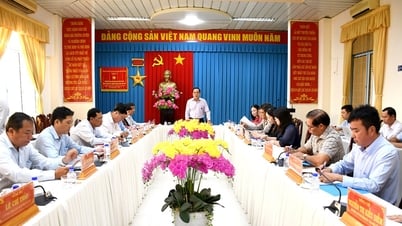














































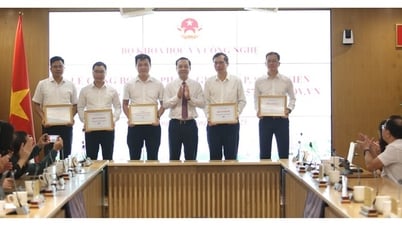

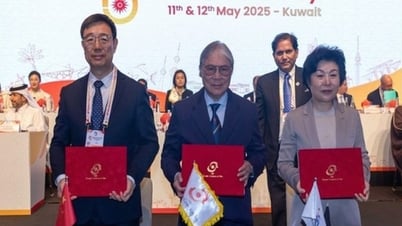







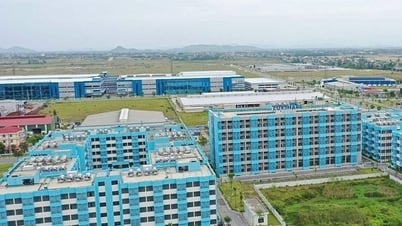

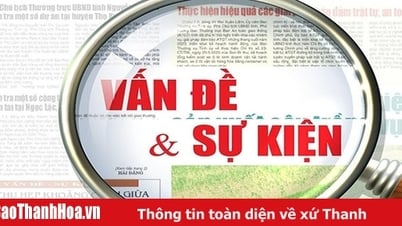














Comment (0)